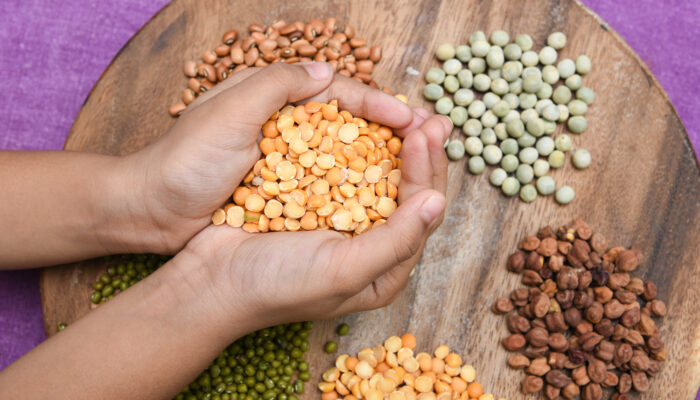
How Diet Affects Common Metabolic Diseases
Metabolic diseases are the result of abnormalities in the way the body digests, uses, and stores energy and nutrients. They include diabetes, phenylketonuria, and hereditary hemochromatosis. People who have these conditions may be fully unable to eat certain food groups, or they may only be able to eat them in moderation. Fortunately, there are many other foods that they can enjoy that can even help manage their condition:
1. Diabetes
There are three variants of diabetes: type 1, type 2, and gestational diabetes. People with type 1 diabetes are born without the ability to produce their own insulin, which the body requires to metabolize sugar. People with type 2 diabetes have simply lost the ability to respond to insulin over time. Gestational diabetes can occur during pregnancy and terminates after the baby is born. People looking for a healthy diabetes diet should strive to eat a balanced variety of fresh, whole foods. Healthy carbohydrate choices are key. Fruits, vegetables, whole grains, and legumes are composed of complex carbohydrates and fiber. This means they take longer to be digested into glucose, which then puts less stress on the body. Diabetes can also lead to heart disease, so heart-healthy fish like salmon and sardines are a great choice because they contain omega-3 fatty acids. Healthy fats like avocado are another great and delicious addition.
2. Phenylketonuria
Phenylketonuria or PKU as it is also called, occurs when the body cannot correctly metabolize the amino acid phenylalanine. People with phenylketonuria have a long list of foods they must avoid. Foods high in phenylalanine include cheese, soybeans, nuts, legumes such as lentils, chicken, turkey, tuna, and most seafood. Additionally, the artificial sweetener aspartame is metabolized into phenylalanine, so items such as soda and candy should be off-limits as well. People with phenylketonuria should aim for a diet high in fruits, vegetables, mushrooms, low-protein breads and pastas, rice, and peas. These restrictions may sound a little tough to work around, but all they require is a little creativity. In fact, these food groups are featured very heavily in the Mediterranean diet, which is recommended by nutritionists and scientists as being one of the healthiest diets possible. Furthermore, rice and peas are a common combination in many delicious dishes from the Caribbean, and are a great source of protein as well.
3. Hereditary hemochromatosis
This condition, which is also called iron overload disorder, causes the body to absorb too much iron from food. The excess iron builds up in parts of the body like the heart, pancreas, liver, skin, and joints. These body parts can eventually become damaged from the buildup of iron. Therefore, people with the condition must monitor their iron intake. Iron-rich foods include red meat, organ meat (especially liver), fortified grains such as cereals, and oysters. Surprisingly, those affected must also limit their intake of vitamins A and C, as these vitamins increase the body’s ability to absorb iron. Interestingly, people with this disease are encouraged to consume grains and legumes, as they contain phytic acid. Phytic acid has been shown to inhibit the body’s ability to absorb iron. Tea and coffee are also excellent choices for this diet, as the tannins that they contain are very effective at reducing iron absorbed by the body.



